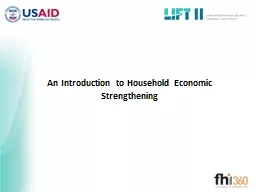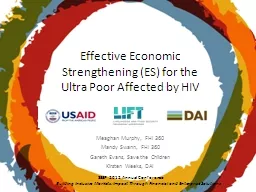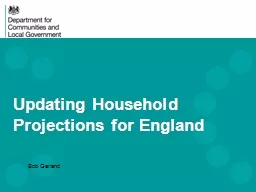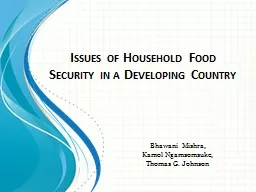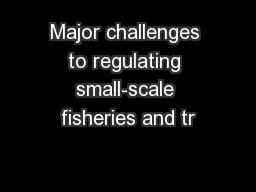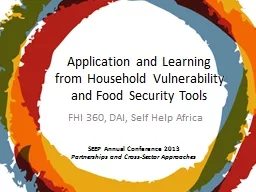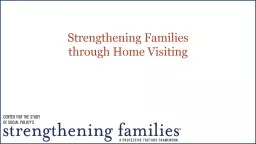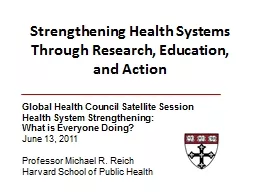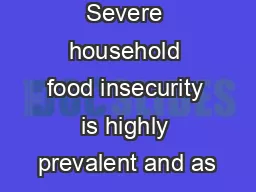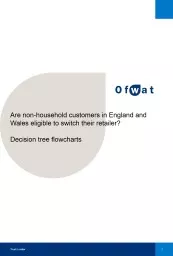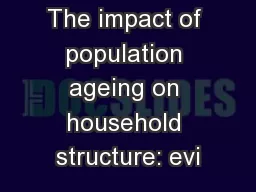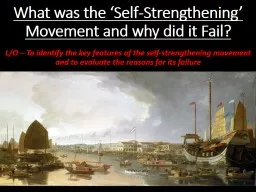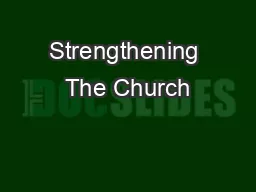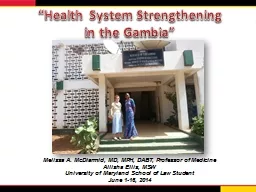PPT-An Introduction to Household Economic Strengthening
Author : tawny-fly | Published Date : 2015-11-18
The LIFT II Project Funded by USAID Global Health Bureaus Office of HIVAIDS Fiveyear project through July 2018 Three core partners FHI360 CARE and World Vision
Presentation Embed Code
Download Presentation
Download Presentation The PPT/PDF document "An Introduction to Household Economic St..." is the property of its rightful owner. Permission is granted to download and print the materials on this website for personal, non-commercial use only, and to display it on your personal computer provided you do not modify the materials and that you retain all copyright notices contained in the materials. By downloading content from our website, you accept the terms of this agreement.
An Introduction to Household Economic Strengthening: Transcript
Download Rules Of Document
"An Introduction to Household Economic Strengthening"The content belongs to its owner. You may download and print it for personal use, without modification, and keep all copyright notices. By downloading, you agree to these terms.
Related Documents

